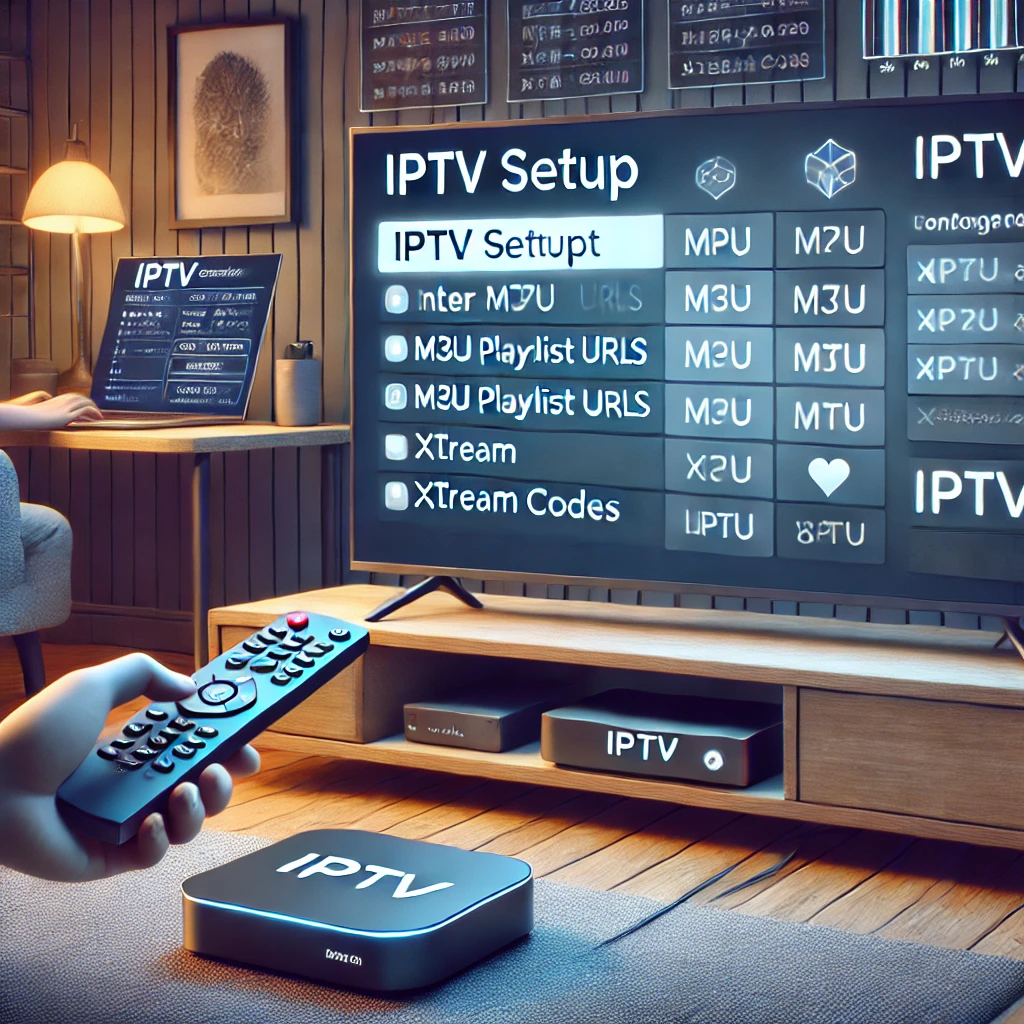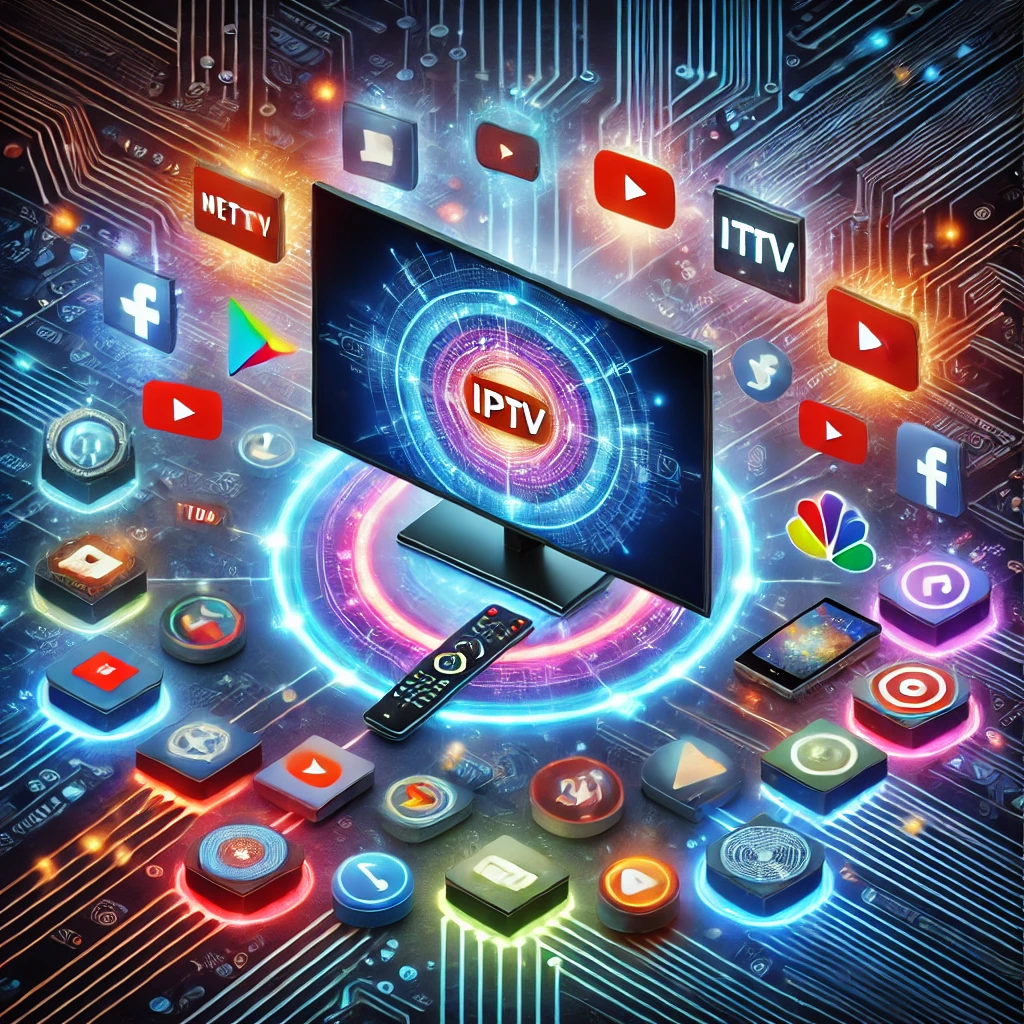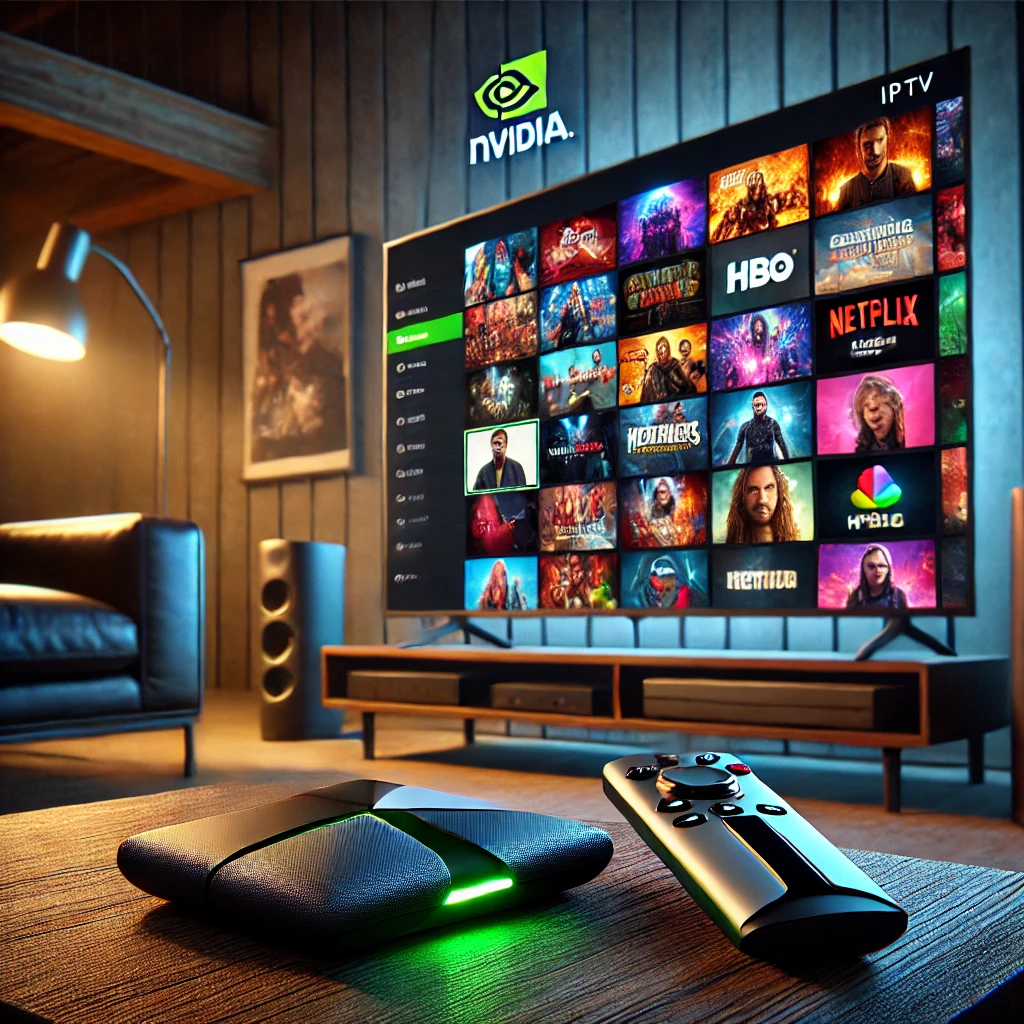

The way we consume television and media content has undergone a dramatic transformation over the past decade. The rise of streaming services, on-demand content, and internet-based entertainment options has shifted the paradigm from traditional cable and satellite TV to more flexible, user-centric viewing experiences. IPTV (Internet Protocol Television) is at the heart of this change, offering viewers a new and innovative way to watch TV. In this comprehensive guide, we’ll explain IPTV, how it works, and why it’s considered the future of TV.
What Is IPTV?
IPTV, or Internet Protocol Television, refers to the delivery of television content over the internet, rather than through traditional terrestrial, satellite, or cable formats. This method of content delivery is fundamentally different from the traditional broadcast model, where content is delivered in a linear fashion, dictated by schedules set by broadcasters. With IPTV, viewers have the power to access content on demand, choosing what they want to watch and when they want to watch it.
IPTV leverages the same technology that delivers websites, emails, and other internet content to your devices, using your internet connection to stream TV programs, movies, live broadcasts, and more directly to your screen. This shift from the conventional broadcast model to internet-based delivery is at the core of what makes IPTV the future of television.
How IPTV Works
To understand how IPTV works, it’s important to grasp the basic concept of data transfer over the internet. In simple terms, IPTV uses your internet connection to deliver television programming directly to your device. Here’s a step-by-step breakdown of the process:
Content Acquisition and Encoding:
The first step in the IPTV process involves the acquisition of content. This content could be live broadcasts from TV networks, pre-recorded shows, movies, or even user-generated content. The acquired content is then encoded into a digital format that can be streamed over the internet. Encoding ensures that the video and audio quality are optimized for streaming while maintaining a manageable file size to prevent buffering during playback.Content Distribution via the Internet:
Once the content is encoded, it’s distributed over the internet. Unlike traditional TV, where signals are transmitted via satellite or cable, IPTV content is delivered through a broadband internet connection. This content is sent in small data packets, which are reassembled on the viewer’s device to produce the full video stream. This method allows for more efficient use of bandwidth and the delivery of high-quality content.Content Delivery to User Devices:
Viewers can access IPTV content on a variety of devices, including smart TVs, computers, smartphones, tablets, and streaming devices like Roku, Apple TV, or Amazon Fire Stick. To view IPTV, users typically need to download an IPTV app or access the service through a web browser. Some IPTV services also provide dedicated set-top boxes that connect directly to the TV and offer a user-friendly interface for browsing and selecting content.On-Demand and Live Streaming:
One of the most significant advantages of IPTV is its ability to offer both on-demand and live streaming options. On-demand content allows viewers to watch their favorite shows, movies, or series at their convenience, while live streaming provides access to real-time broadcasts, including sports events, news, and live TV shows. The flexibility to choose between live and on-demand content is one of the key reasons why IPTV is becoming increasingly popular.User Interface and Experience:
IPTV services typically come with an intuitive user interface that makes it easy for viewers to browse channels, search for specific content, and customize their viewing experience. Features like program guides, channel lists, and content recommendations enhance the user experience, making it easier for viewers to discover new shows and manage their viewing preferences.
Types of IPTV Services
IPTV services can be broadly categorized into three types: Video on Demand (VOD), Live IPTV, and Time-Shifted IPTV.
Video on Demand (VOD):
VOD services allow viewers to select and watch video content at their convenience. This content is stored on the IPTV provider’s servers and can be accessed anytime. Popular VOD services include platforms like Netflix, Hulu, and Amazon Prime Video, but many IPTV providers also offer their own VOD libraries, featuring a mix of movies, TV shows, and exclusive content.Live IPTV:
Live IPTV streams television broadcasts in real-time, just like traditional TV. This service is ideal for watching live events such as sports, news broadcasts, or live TV shows. However, unlike traditional TV, live IPTV offers the flexibility to pause, rewind, or even record live broadcasts for later viewing.Time-Shifted IPTV:
Time-shifted IPTV services are designed for viewers who want to watch TV shows or events after they’ve been broadcast. This service allows users to “catch up” on programs they missed, with content typically available for a limited time after the original broadcast. Time-shifted IPTV is particularly useful for viewers in different time zones or those with busy schedules.
Why IPTV Is the Future of TV
As the entertainment landscape continues to evolve, IPTV is emerging as a key player in the future of television. Here are some reasons why IPTV is considered the future of TV:
Flexibility and Convenience:
IPTV offers unparalleled flexibility, allowing viewers to watch what they want, when they want, and on the device of their choice. Whether it’s live TV, on-demand movies, or a time-shifted program, IPTV provides a convenient viewing experience that fits into the busy lifestyles of modern consumers.High-Quality Content:
IPTV services are capable of delivering high-definition (HD) and even ultra-high-definition (UHD) content, ensuring that viewers enjoy the best possible picture and sound quality. Unlike traditional broadcast methods, which can be limited by signal quality or bandwidth, IPTV takes full advantage of the internet’s capabilities to deliver top-tier content.Cost-Effectiveness:
Traditional cable and satellite TV packages can be expensive, often bundling channels that viewers don’t watch. IPTV allows users to select the content and packages that match their interests, potentially saving money by eliminating unwanted channels and offering more competitive pricing. Additionally, many IPTV services operate on a subscription basis, providing access to a vast library of content for a single monthly fee.Global Accessibility:
One of the most significant advantages of IPTV is its global reach. Because it operates over the internet, IPTV can be accessed from virtually anywhere in the world. This allows users to watch international channels, live events from other countries, and content that might not be available through local broadcasters. For expatriates, language learners, or international news enthusiasts, IPTV offers a world of content at their fingertips.Personalization and Interactivity:
IPTV services often include features that personalize the viewing experience. Advanced algorithms track viewing habits and preferences, offering personalized recommendations for shows, movies, and live events that match the viewer’s interests. Additionally, some IPTV platforms offer interactive features, such as voting during live shows, social media integration, and real-time stats for sports events, enhancing the overall experience.Integration with Smart Home Systems:
As smart homes become more common, IPTV is seamlessly integrating with other smart devices. For example, users can control their IPTV service using voice commands through virtual assistants like Amazon Alexa or Google Assistant. This integration allows for a more connected and automated home entertainment system, where IPTV becomes just one component of a larger smart home ecosystem.Environmentally Friendly:
With traditional television services, there’s a significant amount of physical infrastructure involved, including satellite dishes, broadcast towers, and miles of cabling. IPTV, on the other hand, requires far less physical infrastructure, reducing the environmental impact. By streaming content over existing internet connections, IPTV is a more sustainable option that aligns with the growing demand for eco-friendly technology solutions.
The Future of IPTV
The future of IPTV looks bright, with continued advancements in technology and increasing consumer demand for flexible, high-quality entertainment options. Here are a few trends that are likely to shape the future of IPTV:
5G Networks:
The rollout of 5G networks will significantly enhance IPTV services, providing faster and more reliable internet connections. This will enable higher-quality streaming, reduced latency for live events, and the potential for more interactive and immersive viewing experiences.Artificial Intelligence (AI) and Machine Learning:
IPTV providers are increasingly using AI and machine learning to enhance content recommendations, optimize streaming quality, and provide more personalized user experiences. As these technologies evolve, IPTV services will become even more tailored to individual viewer preferences, making it easier to discover new content and enjoy a more engaging viewing experience.Virtual and Augmented Reality (VR/AR):
VR and AR technologies are still in their early stages, but they hold significant potential for the future of IPTV. Imagine watching a live sports event with a VR headset, where you can experience the game as if you were in the stadium, or using AR to interact with TV shows in real-time. These technologies could revolutionize the way we watch TV, making IPTV an even more immersive and interactive experience.Increased Content Variety:
As IPTV continues to grow in popularity, content providers are likely to expand their offerings, providing an even wider range of programming. From niche channels and specialized content to exclusive shows and movies, IPTV will cater to an increasingly diverse audience, ensuring that there’s something for everyone.
How to Get Started with IPTV
If you’re ready to embrace the future of TV and explore the world of IPTV, there are a few steps you need to take:
Choose an IPTV Provider:
The first step is to select a reputable IPTV provider that offers the channels and content you’re interested in. When choosing a provider, consider factors such as the quality of service, channel selection, pricing, and customer support.For a trusted and reliable IPTV service, visit IPTVFlux. IPTVFlux offers a variety of packages that cater to different viewing preferences, ensuring you get the most out of your IPTV experience.
Set Up Your Device:
Once you’ve chosen your IPTV provider, you’ll need to set up the service on your device. This typically involves downloading an IPTV app or installing a set-top box. Follow the provider’s instructions to get everything up and running.Connect to the Internet:
IPTV requires a stable and fast internet connection to deliver high-quality streams. Ensure that your internet connection is reliable and meets the bandwidth requirements for streaming.Subscribe to a Plan:
Finally, subscribe to an IPTV plan that suits your needs. Whether you’re looking for live TV, on-demand content, or a mix of both, IPTV providers like IPTVFlux offer a range of options to choose from.
Conclusion
IPTV is reshaping the way we watch television, offering a flexible, high-quality, and cost-effective alternative to traditional broadcast methods. With its ability to deliver on-demand content, live broadcasts, and personalized viewing experiences, IPTV is not just the present of TV—it’s the future.
If you’re ready to step into the future of television, now is the perfect time to explore IPTV. Visit IPTVFlux to discover the best IPTV packages and start enjoying a new level of entertainment today.
Recent Post



Our Blog
LATEST BLOG & ARTICLES
The Ultimate IPTV Setup Guide for Sports Fans 2024
IPTV Setup Guide for Sports Fans: Never Miss a Game Again! IntroductionIn the fast-paced world of sports, keeping up with...
How to Watch IPTV on Xbox: Guide 2024
How to Watch IPTV on Xbox: Guide 2024 As streaming technology advances, more people are turning to IPTV (Internet Protocol...
How to Install IPTV on Nvidia Shield 2024
How to Install IPTV on Nvidia Shield for the Best Streaming 2024 IPTV (Internet Protocol Television) is transforming the way...
